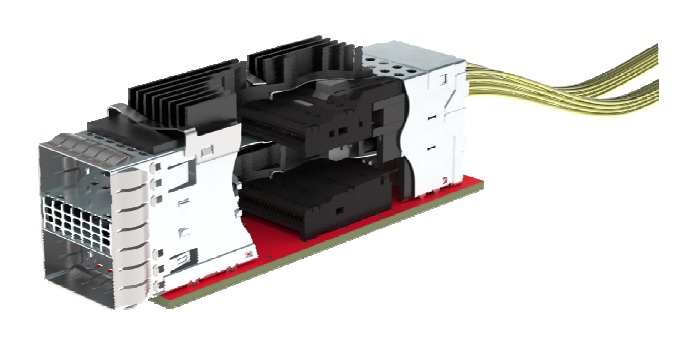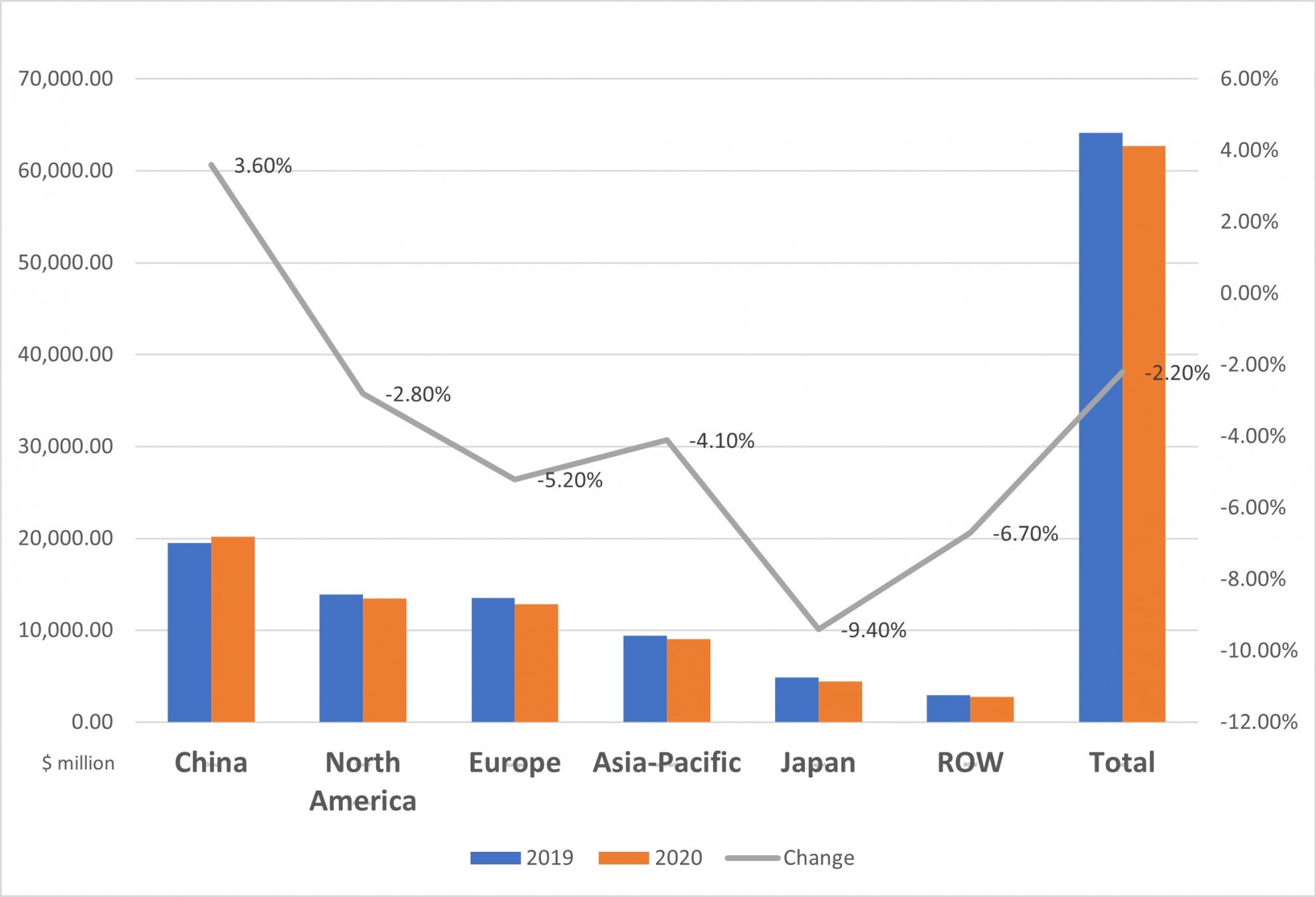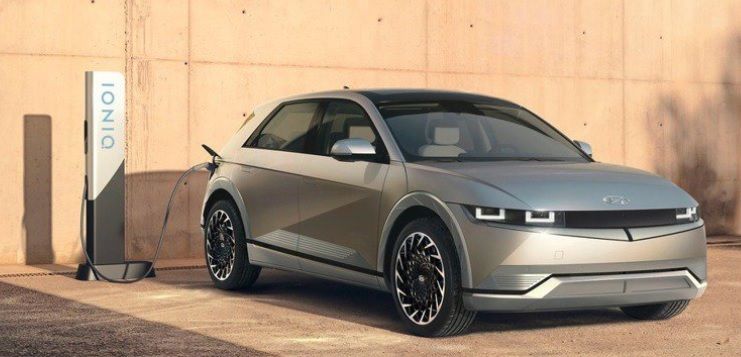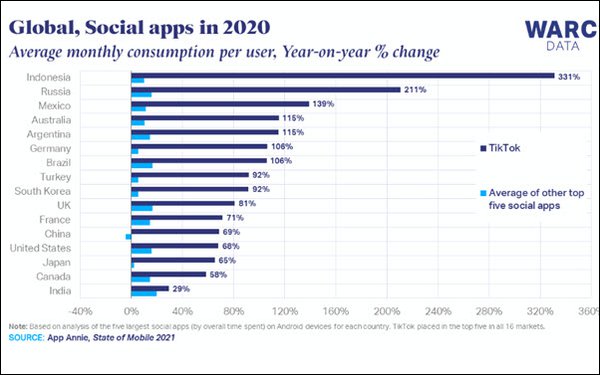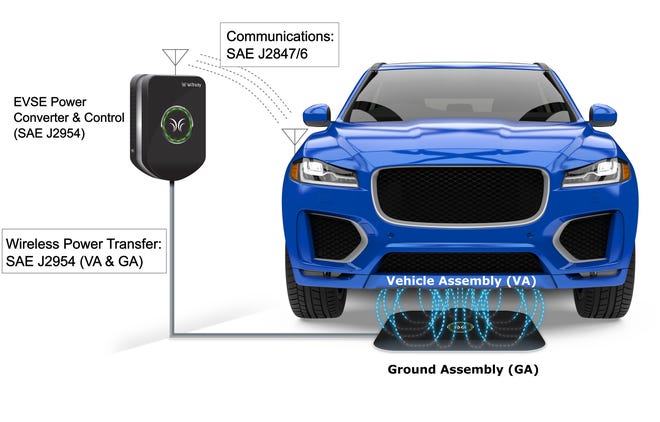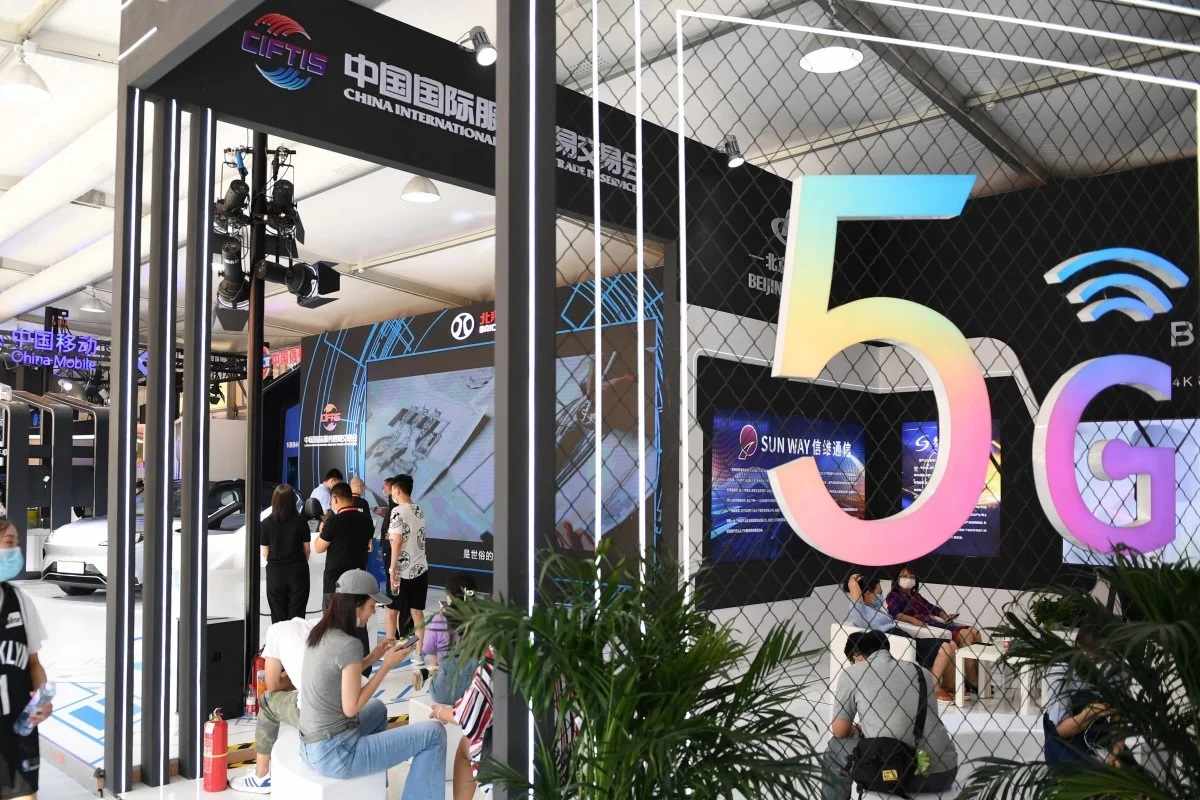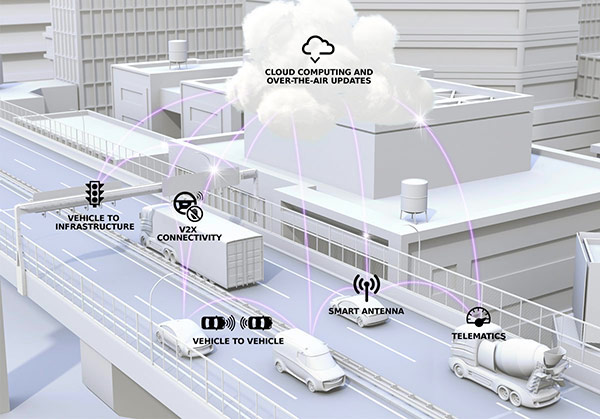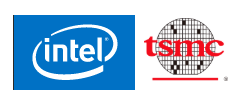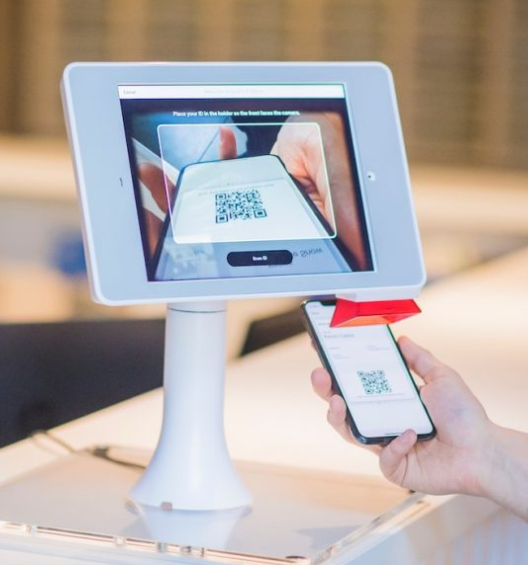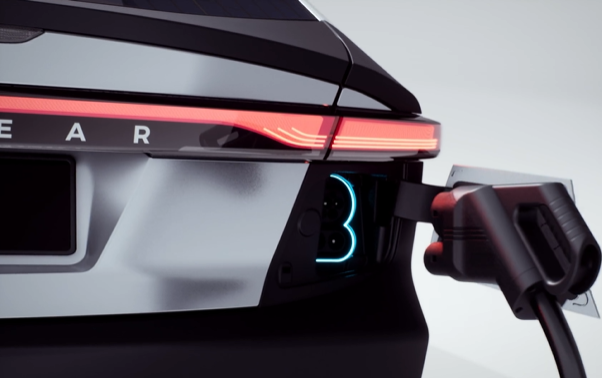QSFP-DD800 MSA GROUP ANNOUNCES INITIAL HARDWARE SPECIFICATION
Apr 09 2021The new QSFPDD800 1.0 specification is intended to be incremental to the existing QSFP-DD 5.0 specification. As signal integrity and thermal performance remain imperative, the transceiver pads have been optimized to improve signal integrity for 100 Gbps performance per lane without affecting backwards compatibility. The new specification additionally defines a novel 2×1 connector/cage, with cabled upper ports as an option to address signal loss issues associated with tradition PCBs.
